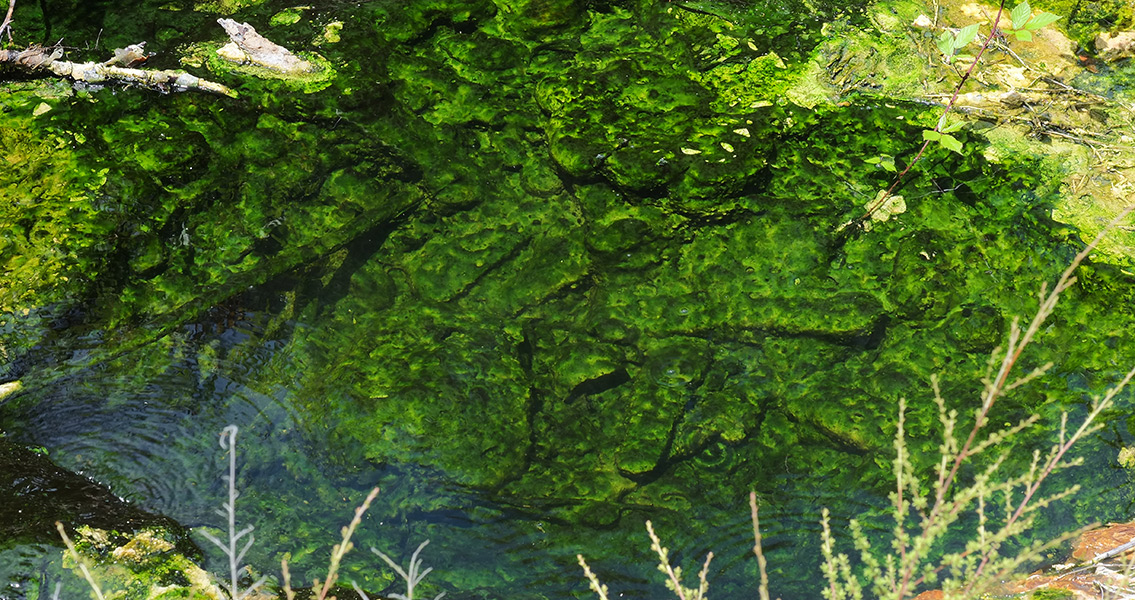<![CDATA[The Great Oxidation Event, a transitional period 2.4 billion years in the Earth’s past that saw the planet’s atmosphere change dramatically enough to accumulate a permanent presence of oxygen, may have been presaged by ancient oxygen-releasing shallow ocean algae a good 100 million years beforehand, according to a new research study. Scientists from Canadian and US research institutions have put forth new evidence that this shallow ocean-going blue-green algae, otherwise known as cyanobacteria, began to release wisps of oxygen into the atmosphere around 2.5 billion years ago and continued to do so for a hundred million years. The complexity of this process was likely high, according to the University of Waterloo’s earth and environmental sciences professor Brian Kendall, who was involved in the study. A “tipping point” of multiple whiffs of oxygen would have had to have been reached in order for the Earth to sustain an oxygen-rich atmosphere, Kendall added in a press release, remarking that prior to this latest research there had been no way to tell if the concentrations of oxygen on Earth were stable up to 100 million years before the Great Oxidation Event. However, the new data gathered by the research project have revealed a clearer picture of atmospheric conditions at the time. Arizona State University professor Arial Anbar, who was also involved in the research, said that one of the core questions the research sought to answer was whether the evolutionary development of plant species capable of photosynthesis was a direct precursor to an oxygen-rich environment, or if this was a transition that happened in “fits and starts”. To that end, Anbar investigated black shale deposits in Western Australia in 2007, discovering preliminary evidence of algae-released oxygen in what would have been an ancient oceanic seafloor. These shale deposits had high levels of both rhenium and molybdenum, two elements that are only found in high concentrations when exposed to oxygen. The presence of rhenium and molybdenum in shale deposits dating back before the Great Oxidation Event supports the idea that oxygen-belching cyanobacteria were hard at work for the 100 million years prior to the event. Additionally, the difference in the ratio of two separate isotopes of an additional element – osmium-187 and osmium-188 – was instrumental in determining whether this element was created by exposure to oxygen or if it was created in an underwater volcanic eruption. The osmium ratio discovered in the black shale deposits was consistent with a high level of atmospheric oxygen, according to the study. In other, younger deposits, this ratio was reversed – suggesting that the amount of oxygen released by cyanobacteria fluctuated over the course of the hundred million years leading up to the Great Oxidation Event. For more information: www.advances.sciencemag.org ]]>
Ancient Algae Precursor to Great Oxidation Event?
